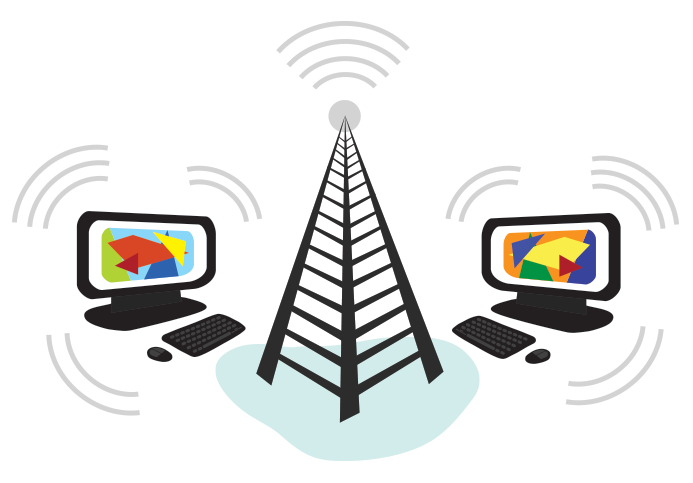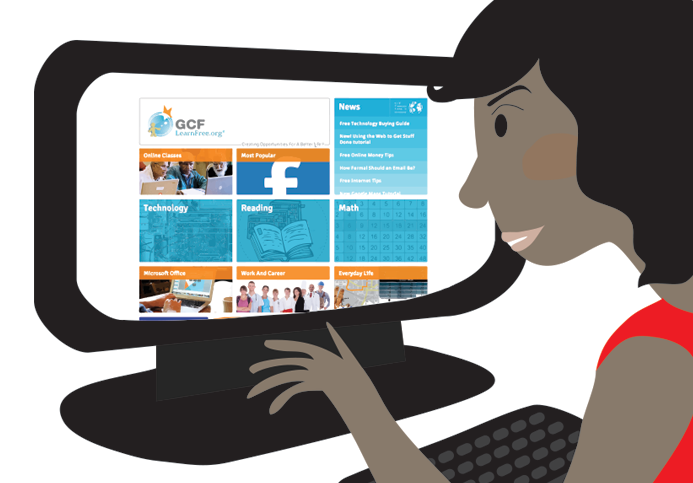Introduction
The Internet is an increasingly important part of everyday life for people around the world. But if you've never used the Internet before, all of this new information might feel a bit confusing at first.
Throughout this tutorial, we'll try to answer some basic questions you may have about the Internet and how it's used. When you're done, you'll have a good understanding of how the Internet works, how toconnect to the Internet, and how to browse the Web.
What is the Internet?
The Internet is a global network of billions of computers and other electronic devices. With the Internet, it's possible to access almost any information, communicate with anyone else in the world, and do much more.
You can do all of this by connecting a computer to the Internet, which is also calledgoing online. When someone says a computer is online, it's just another way of saying it's connected to the Internet.

What is the Web?
The World Wide Web—usually called the Web for short—is a collection of different websitesyou can access through the Internet. A website is made up of related text, images, and other resources. Websites can resemble other forms of media—like newspaper articles or television programs—or they can be interactive in a way that's unique to computers.
The purpose of a website can be almost anything: a news platform, an advertisement, an online library, a forum for sharing images, or an educational site like us!

Once you are connected to the Internet, you can access and view websites using a type of application called a web browser. Just keep in mind that the web browser itself is not the Internet; it only displays websites that are stored on the Internet.
How does the Internet work?
At this point you may be wondering, how does the Internet work? The exact answer is pretty complicated and would take a while to explain. Instead, let's look at some of the most important things you should know.
It's important to realize that the Internet is a global network of physical cables, which can include copper telephone wires, TV cables, and fiber optic cables. Even wireless connections like Wi-Fi and 3G/4G rely on these physical cables to access the Internet.
When you visit a website, your computer sends a request over these wires to a server. A server is where websites are stored, and it works a lot like your computer's hard drive. Once the request arrives, the server retrieves the website and sends the correct data back to your computer. What's amazing is that this all happens in just a few seconds!
Other things you can do on the Internet
One of the best features of the Internet is the ability to communicate almost instantly with anyone in the world. Email is one of the oldest and most universal ways to communicate and share information on the Internet, and billions of people use it. Social media allows people to connect in a variety of ways and build communities online.

There are many other things you can do on the Internet. There are thousands of ways to keep up with news or shop for anything online. You can pay your bills, manage your bank accounts, meet new people, watch TV, or learn new skills. You can learn or do almost anything online.
No comments:
Post a Comment